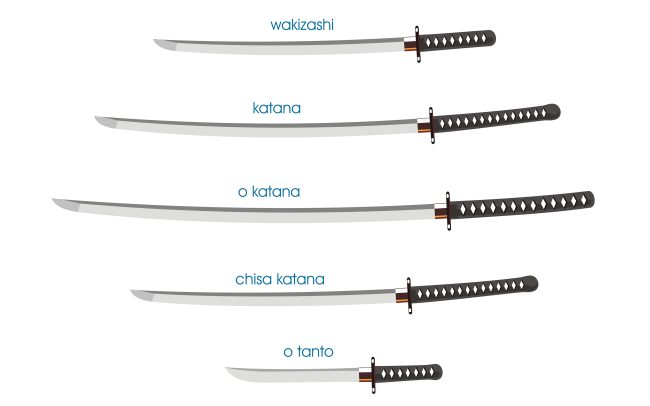The Japanese katana, the iconic sword of feudal Japan’s warrior class, is considered by many to be one of the finest weapons ever made. Its enduring appeal lies not only in its remarkable durability and sharp edge, but also in the mythology that surrounds it. The katana embodies the powerful convergence of artistry, craftsmanship and functionality. It is a sword that is as much a symbol of the samurai’s culture as it is a weapon of war.
The Katana was the favored sword of the Samurai, the warriors of Japan’s feudal period, due to its distinctive curved blade and long handle. The samurai was a noble class of feudal warriors in Japan that valued loyalty, honor and discipline. The sword was a symbol of the samurai’s inner strength and spirit, as well as their spiritual devotion.
In order to craft a katana, the swordsmiths had to master an extraordinary process that required great physical strength as well as a refined eye for aesthetics. This process was called differential hardening, which is a forging technique that created a softer spine and harder edge of the blade.
Differential hardening began with the creation of the raw steel, referred to as tamahagane. This was produced in a tatara, a traditional Japanese smelting furnace, from a mixture of iron sand and charcoal. It was a complex and time-consuming process, typically carried out over three days and nights without interruption.
During this process, the tamahagane was repeatedly heated, hammered and folded upon itself. This was done to help evenly distribute the carbon content and increase the blade’s strength. In addition, it was a critical step in creating the distinctive curved shape of the katana.
After the tamahagane was formed, it was then tempered to reduce its brittleness. This was accomplished by heating it at high temperatures and quenching it in cold water. The tempered steel was then shaped and polished to create the katana’s distinct curved blade.
The katana was then traditionally mounted with a Tsuka, Saya and Kogai (sheath). The Tsuka was wrapped in silk or leather and adorned with metal fittings such as Fuchi and Kashira. The Saya was often carved with the names of Shinto and Buddhist deities as well as mantras, which reflected the swordsmith’s deep spiritual faith.
A samurai’s katana would carry with them throughout their lives, from the battlefield to their homes. It was a sacred object, and a source of pride and honor. It was not uncommon for samurai to pass on their swords from generation to generation, ensuring that the family’s name lived on in the legend of the sword. These heirlooms are known as “noshaku” or ”fushigi”, and are prized not only for their beauty, but also for the knowledge and skill of the craftsman who forged them. This is a tradition that continues to this day.More information here
